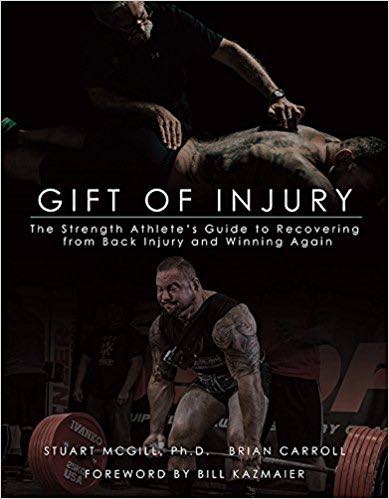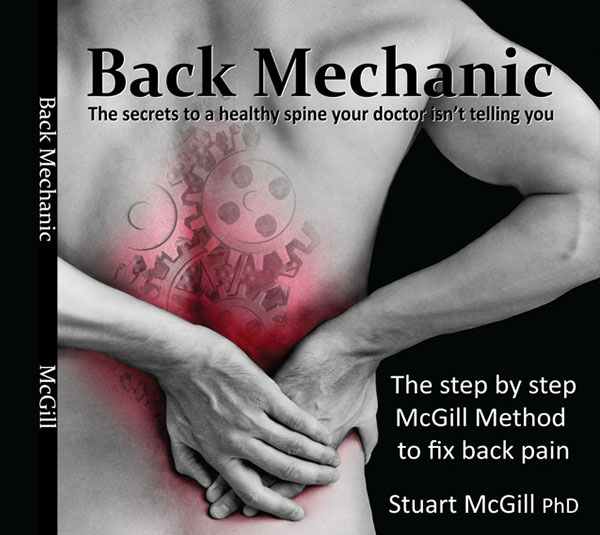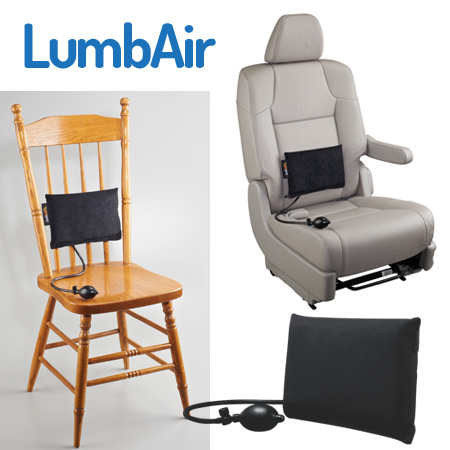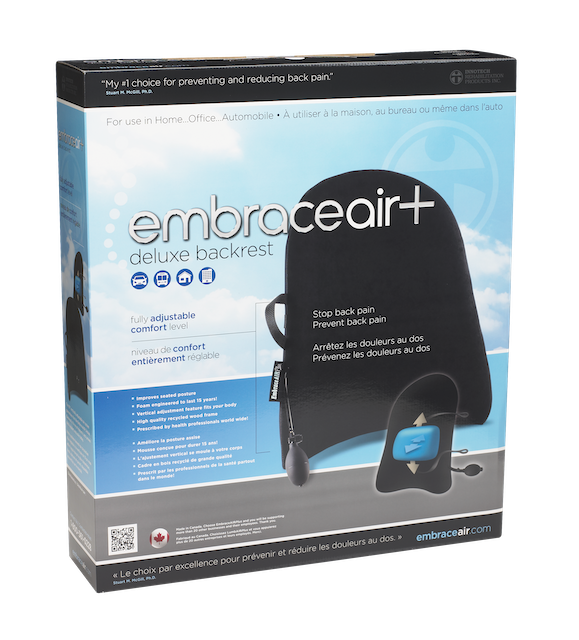03 Oct MRI Case Study: Why They Matter and Why They Don’t Tell the Whole Story
Article Rundown
- MRIs help but don’t tell the whole story — scans need to be paired with assessment.
- Imaging can mislead — bad scans don’t always mean pain, and clean scans don’t mean no pain.
- Case study shows the disconnect — years of dismissed pain were tied to disc damage missed on MRI alone.
- Assessment drives recovery — spine hygiene, core stiffening, and nerve work led to lasting results.
MRI Case Study
When it comes to back pain, hip pain, or even symptoms that show up in the legs, people are often told two very different things. Sometimes they’re scared into thinking their MRI is a disaster and they’ll never recover. Other times, they’re brushed off because their MRI “doesn’t look that bad.” Both situations are incredibly frustrating—and both are misleading.
The reality is this: an MRI is only part of the story. It’s a tool, not a verdict. The scan gives us a snapshot of what’s happening structurally, but unless it’s paired with a detailed assessment, it can create more confusion than clarity. That’s why I always remind people—you are not your MRI.
Why MRIs Are Useful
If you’ve been struggling with pain long enough to seek real answers, I recommend getting an MRI. The first priority is ruling out red flag issues like tumors, cysts, or severe structural damage. That step alone is worth the scan.
But once you’ve cleared the red flags, things get more complicated. Many people live with disc bulges, bone changes, or other degenerative features and never feel a thing. On the flip side, some suffer for years while their MRI is labeled “insignificant.” Without the context of an assessment, an MRI can be both misleading and incomplete.
Research backs this up—studies suggest that half or more of adults walking around with disc bulges have no symptoms at all. That doesn’t mean bulges are meaningless. For the people who do experience pain, those same bulges may be highly relevant. The key is matching what shows up on the scan with what shows up in real life during movement testing.
A Case Study: Years of Dismissed Pain
One client in his 30s came to me after five to seven years of frustration. He had a history of snowboarding injuries, including some big falls, and lived with intermittent pain that would flare up and disappear. His back would tighten, his hips would ache, and sometimes his legs would give out. At times the pain shot down his hamstrings or burned across the front of his thighs. His knees ached on both sides, and nothing seemed to add up.
He saw pain specialists, orthopedics, and neurosurgeons. Every single one told him the same thing: “Your MRI doesn’t show anything that would cause this. There’s no way your knee or leg pain is coming from your back.” But the patterns were too consistent to ignore. Anyone familiar with dermatomes knows that anterior thigh pain, hamstring symptoms, and radiating knee pain often trace back to the lumbar spine.
When I assessed him, the picture became clear. He showed signs of spondylolisthesis, intolerance to flexion and extension, and nerve root irritation. Once I finally reviewed his MRI, the findings lined up perfectly: multiple levels of disc damage, endplate fractures, narrowing of the neural foramen, and clear stress on nerve roots. His spine had lost its natural curvature, creating a perfect storm of pain generators.
What the MRI Really Showed
The MRI revealed significant changes: loss of disc height, vertebral endplate fractures, and multiple bulges pressing into areas that corresponded directly with his symptoms. Depending on his posture, these dynamic bulges would provoke knee pain, sciatic irritation, or femoral nerve discomfort.
To dismiss this scan as “nothing” was a huge mistake. But it’s just as important to note that without the assessment, the MRI alone might not have told the whole story either. The two pieces had to be connected. That’s the only way we could make sense of years of confusing, inconsistent pain.
The Path to Recovery
With answers finally in place, we built a plan. It wasn’t magic, and it wasn’t overnight. We focused on spine hygiene—removing the painful movements and habits that kept irritating his back. We added core stiffening strategies to give his spine stability. We used femoral and sciatic nerve flossing to ease irritation and slowly rebuilt strength in his atrophied spinal muscles.
It took about three months, but the results were life-changing. First, the back tightness faded. Then the leg and knee pain started to disappear. The symptoms that had baffled doctors for years wound down week by week. Today, he’s back to lifting light, snowboarding, and living pain-free in his 30s—the way it should be.
The Takeaway
Here’s the lesson: you are not your MRI. A bad-looking scan doesn’t mean your story is over. A clean-looking scan doesn’t mean your pain isn’t real. The only way forward is to connect the imaging with a proper assessment that provokes, maps, and explains your symptoms.
At PowerRackStrength.com that’s what I do. I advocate for you when others have dismissed you. I connect the dots between the scan and the lived experience. And most importantly, I help people reclaim their lives, one step at a time.










Sorry, the comment form is closed at this time.